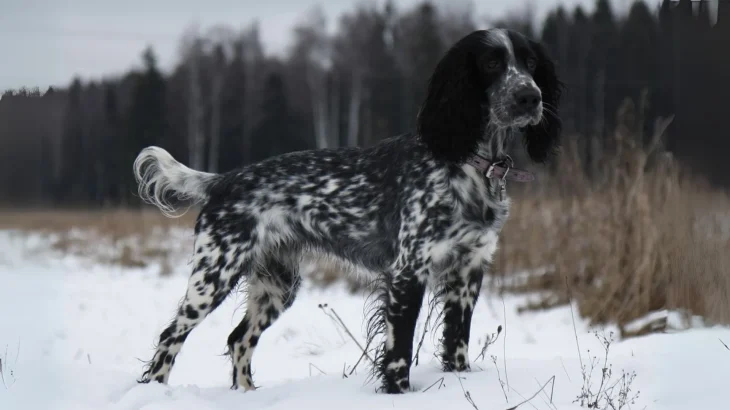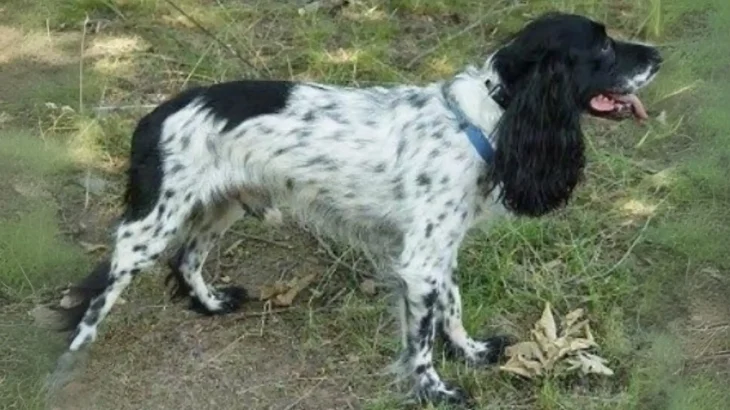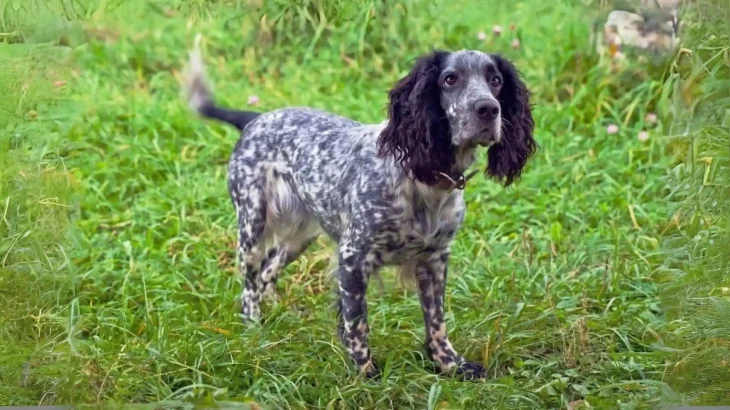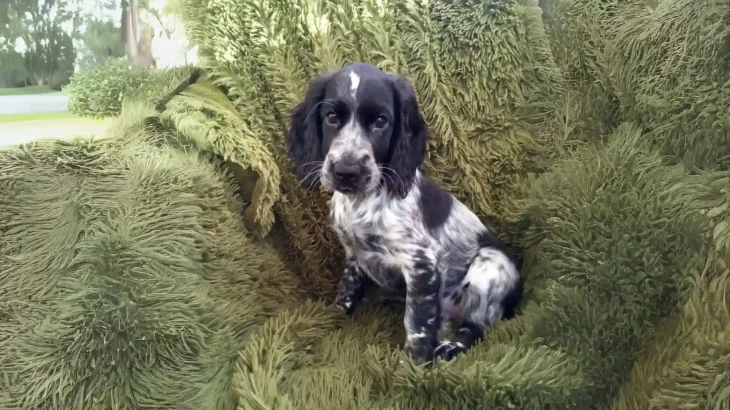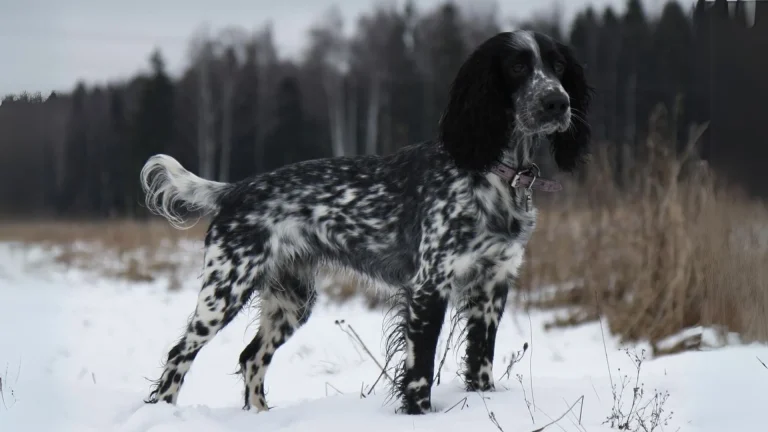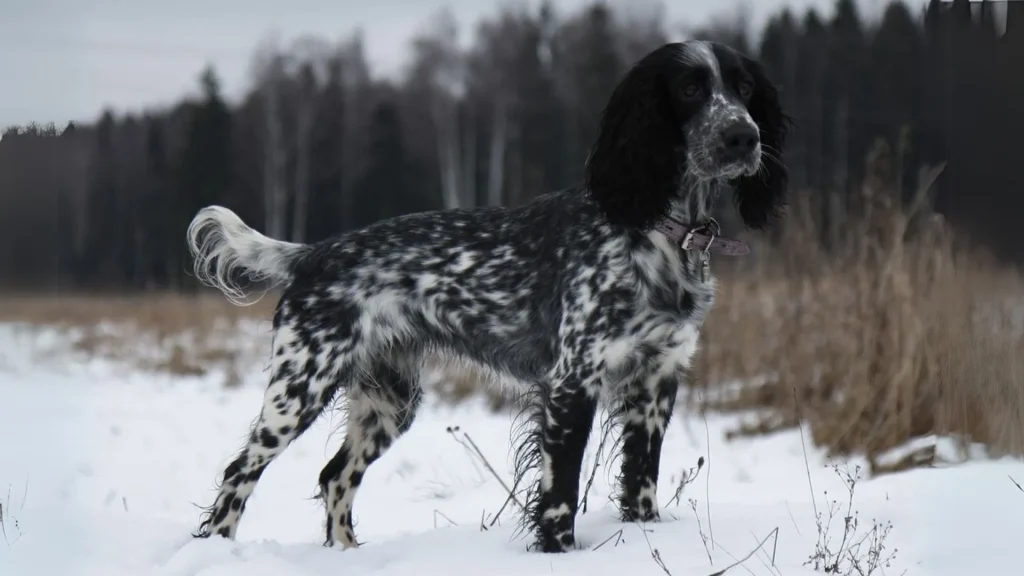Deciding whether to adopt or buy a Russian Spaniel puppy involves weighing different factors that impact your experience as a new owner. Purchasing from a breeder often offers more predictability regarding the puppy's background and health, while adoption can provide a loving home to a dog that may otherwise be overlooked. Both routes come with their unique benefits and considerations specific to the breed's needs and availability.
Adoption vs. Breeder: Pros & Cons
| Criteria | Buying from Breeder | Adopting from Shelter/Rescue |
|---|---|---|
| Cost | Higher cost reflecting breed purity and breeding expenses. | Lower fees, often including some medical care. |
| Health History | Comprehensive health records and screenings available. | Health history may be limited or unknown, but basic vet checks are done. |
| Age Availability | Mostly puppies, allowing early training and bonding. | Variety of ages including adults; puppies less commonly available. |
| Temperament Insight | Breeders can provide information on lineage temperament trends. | Staff can offer behavioral observations, but background is uncertain. |
| Ethical Considerations | Supports controlled, ethical breeding when sourced responsibly. | Helps reduce shelter populations and saves dogs needing homes. |
| Breed Purity & Pedigree | Purebred with pedigree and registration papers. | Mixed or unknown lineage, less emphasis on pedigree. |

